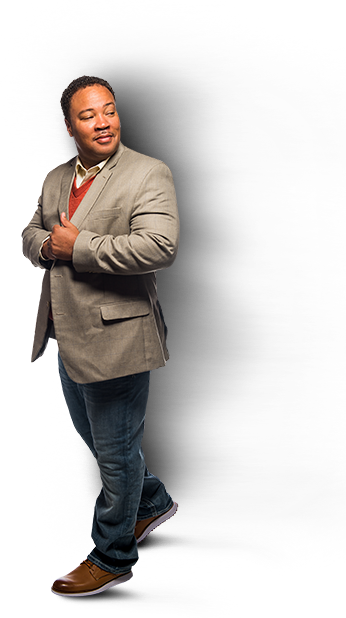Have you ever been faced with a patient mobility challenge at the point-of-care when your patient had to be moved but moving the patient alone was not within your physical capabilities? In that instance, did you recall from your past experiences the various lifting options you maybe once applied in similar situations but was conflicted because of all the new information related to back injuries from manually lifting patients? The one time you actually considered using the patient-lift device located in the storage room on your unit, could you be confident that it was capable of addressing the mobility needs of your patient? What decision did you eventually make and would you make that same decision if a similar situation were to reoccur?
Choosing the appropriate patient-lift device, as well as having the appropriate equipment available, is necessary when seeking to safely address patient mobility challenges at the point-of-care. Having a preplanned solution before being faced with a patient mobility challenge would not only be ideal, but also beneficial to protecting both the patient and the caregiver’s safety. It would be helpful to include your patient’s mobility limitations as part of your nursing assessment because this at minimum invokes patient mobility as a safety consideration. Once the patient’s mobility challenge is identified, the caregiver can then move to determining whether available equipment is sufficient to meet the needs of your patient.
First steps
Understanding the functions for various types of patient-lift devices is essential to addressing patient mobility challenges. The caregiver should start by first identifying what prohibits the patient from freely moving about safely. After the mobility objective is established, the caregiver should then be aware of whether the available assistive device(s) would provide adequate assistance to meeting the patient’s needs. Far too often, efficient patient-lift equipment goes underutilized simply because the caregiver lacks basic knowledge for how the patient-lift device is intended to operate and/or when to apply it.
The big three
There are three major categories for patient-lift equipment: Total Assist Equipment, Moderate Assist Equipment, and Lateral Transfer Devices. Though these three groups are intended to address three distinct levels of patient mobility limitations, it doesn’t necessarily mean that patients are limited to any one particular group or the other with the exception of most Moderate Assist Equipment.
Total Assist Equipment was created to address the mobility status of patients who are unable to move themselves. Most bedridden patients require a total assist lift. This category also includes those patients who may be able to minimally assist but still require the caregiver to perform most of the movement.
For those patients who are able to stand and bear their own body weight, Moderate Assist Equipment provides a likely option. These lifts are created to assist patients to transition from a seated position to a standing position. Moderate assist lifts tend to come into play for patients who lack sufficient core strength and struggles when trying to move from a seated position to a standing position. When patients such as these are seated on objects with low centers-of-gravity such as commodes, they are more than likely to require assistance to stand. Having a moderate assist lift available is extremely beneficial in preventing staff from having to pull or lift patients into standing positions. These lifts are capable of performing the movement safely while reducing the injury risks to caregivers.
Lateral Transfer Devices are typically seen in operating rooms or in diagnostic areas such as radiology. These devices are sometimes used on medical/surgical units as supplementary pieces to primary patient-lift devices. One of the leading causes of injuries to nurses working at the bedside are activities that require caregivers to turn and reposition patients or to laterally transfer patients from hospital beds to stretcher. Lateral Transfer Devices decrease the manual effort required to perform such nursing tasks.
Setting expectations
Knowing which device to choose in different situations is important to getting the most out of patient-lift devices. Understanding equipment functions allow staff to prepare for how they will safely care for their patients. As we continue as a nursing community to experience musculoskeletal injuries to caregivers, questions for how we transition patient-lift devices into nursing practice processes will continue to arise. How willing are you to make patient-lift equipment the practice expectation as opposed to the every once-in-awhile exception?



Admiring the time and effort you put into your website and in depth information you present. It’s good to come across a blog every once in a while that isn’t the same old rehashed information. Fantastic read! I’ve saved your site and I’m including your RSS feeds to my Google account.
Thank you so much.